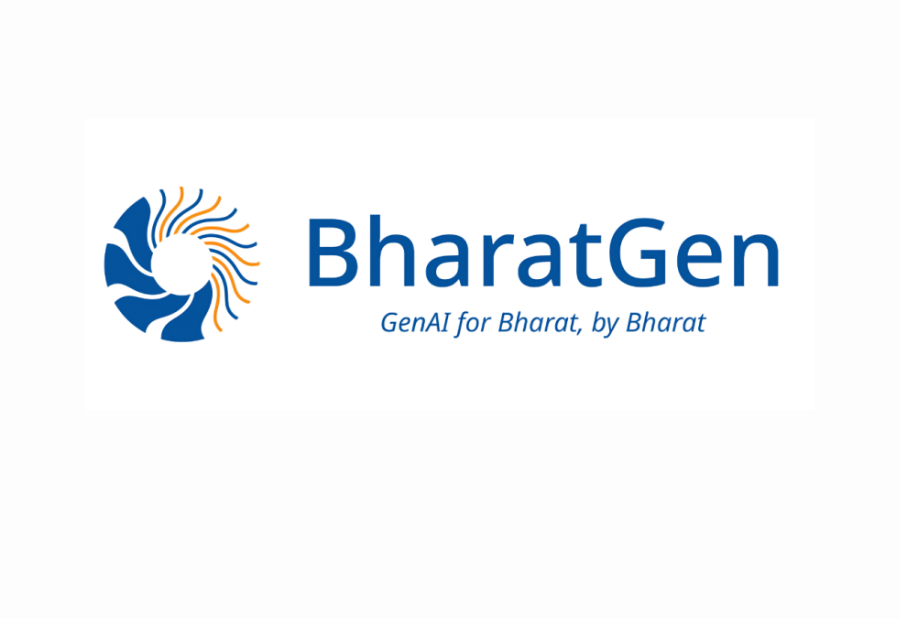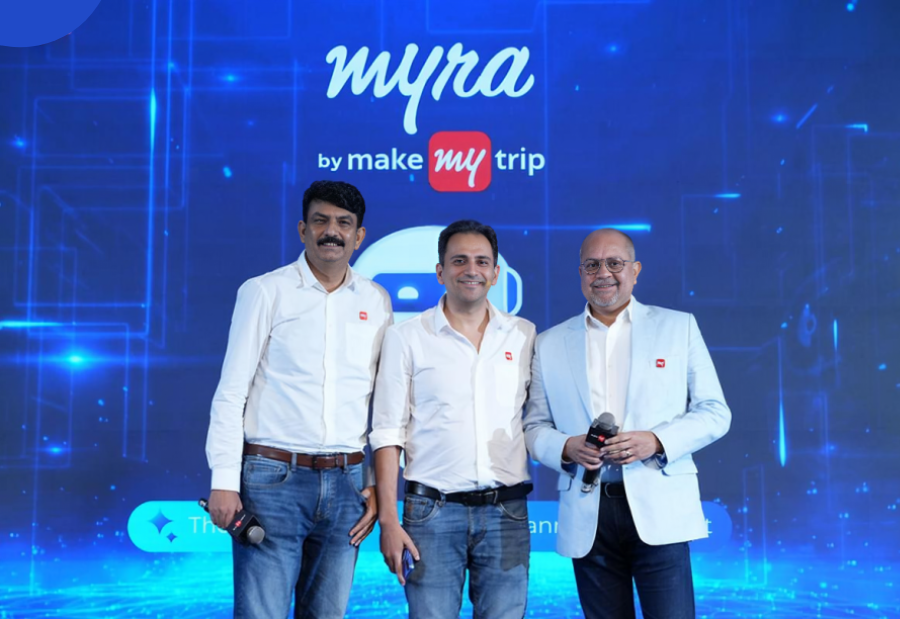In a major step towards digital inclusivity, the Government of India has announced the expansion of the BharatGen AI platform to include all 22 languages recognised in the Eighth Schedule of the Constitution. The project is expected to be completed by June 2026.
This initiative is part of the government’s broader digital strategy aimed at making artificial intelligence accessible to every Indian citizen, regardless of language. BharatGen AI will allow users to interact with digital systems in their native languages, removing language as a barrier to accessing information, services, and technology.
BharatGen AI has been developed under the National Mission on Interdisciplinary Cyber Physical Systems. It is designed as an indigenous multilingual platform that supports vision, speech, and text, while also being culturally relevant. The aim is to create an AI ecosystem that reflects India’s linguistic diversity and connects communities more effectively with digital infrastructure.
By supporting all scheduled languages, this project will particularly benefit people in rural and semi-urban areas who often struggle with language limitations when accessing digital tools and services. Key sectors such as education, healthcare, agriculture, e-governance, and financial services are expected to gain from this initiative through better communication and engagement in regional languages.
The rollout of BharatGen AI will be done in phases. It will begin with languages that already have some digital frameworks in place and gradually include those that need additional development. This method ensures that each language is tested and adapted properly before full deployment.
To support this scale of implementation, the government is building a strong AI computing infrastructure. Various institutions and research organisations are working together to gather datasets, train AI models for each language, and maintain performance standards. These efforts are focused on delivering accurate and useful AI tools for every language.
BharatGen AI also marks a shift towards building India’s self-reliance in AI. By using local data, language resources, and infrastructure, the platform reduces dependency on foreign technology. This approach aligns with India’s goal of digital sovereignty and innovation-led progress.
Once implemented, the platform will enable users to access government portals, educational tools, smart assistants, and digital services in their preferred languages. Whether it is a farmer searching for weather updates, a student using e-learning platforms, or a small business owner handling digital payments, BharatGen AI will make these experiences more inclusive and easier to use.
With its June 2026 goal in sight, BharatGen AI is set to become a key part of India’s digital transformation journey. It will promote equal access to technology, support regional languages, and strengthen India’s position as a leader in inclusive and multilingual AI development.
Also read: Viksit Workforce for a Viksit Bharat
Do Follow: The Mainstream formerly known as CIO News LinkedIn Account | The Mainstream formerly known as CIO News Facebook | The Mainstream formerly known as CIO News Youtube | The Mainstream formerly known as CIO News Twitter |The Mainstream formerly known as CIO News Whatsapp Channel | The Mainstream formerly known as CIO News Instagram
About us:
The Mainstream formerly known as CIO News is a premier platform dedicated to delivering latest news, updates, and insights from the tech industry. With its strong foundation of intellectual property and thought leadership, the platform is well-positioned to stay ahead of the curve and lead conversations about how technology shapes our world. From its early days as CIO News to its rebranding as The Mainstream on November 28, 2024, it has been expanding its global reach, targeting key markets in the Middle East & Africa, ASEAN, the USA, and the UK. The Mainstream is a vision to put technology at the center of every conversation, inspiring professionals and organizations to embrace the future of tech.




